
Awash National Park: Ethiopia's Hidden Gem of Natural Beauty
Discover Awash National Park: Ethiopia's scenic oasis teeming with wildlife, stunning waterfalls, and rich biodiversity. Perfect for nature lovers and adventure seekers.
Awash National Park, located in the Great Rift Valley of Ethiopia, is a treasure trove of natural wonders. Established in 1966, it is one of Ethiopia's oldest national parks and spans an impressive 756 square kilometers. The park is named after the Awash River, which flows through it, creating spectacular waterfalls and lush greenery. Awash National Park is renowned for its diverse wildlife. Visitors can expect to see a variety of animals, including baboons, kudus, and gazelles. Bird watchers will also be thrilled, as the park is home to over 450 bird species, making it a paradise for ornithologists. One of the highlights of the park is the hot springs at Filwoha, where you can relax and soak in the warm, soothing waters. The landscape of Awash National Park is equally captivating. From the acacia woodlands to the rolling savannahs, the park offers a stunning backdrop for photography and exploration. The volcanic landscapes and gorges add an element of rugged beauty, making it a perfect destination for adventure seekers. Whether you are hiking, game viewing, or simply enjoying the natural scenery, Awash National Park promises an unforgettable experience.
Local tips in Awash National Park
- Visit the park during the dry season (October to February) for the best wildlife viewing opportunities.
- Carry plenty of water and sun protection, as temperatures can get quite high.
- Hire a local guide to enhance your experience and ensure you don't miss any highlights.
- Don't forget your binoculars and camera to capture the diverse bird species and beautiful landscapes.
- Visit the hot springs at Filwoha for a relaxing and rejuvenating experience.
Awash National Park: Ethiopia's Hidden Gem of Natural Beauty
Awash National Park, located in the Great Rift Valley of Ethiopia, is a treasure trove of natural wonders. Established in 1966, it is one of Ethiopia's oldest national parks and spans an impressive 756 square kilometers. The park is named after the Awash River, which flows through it, creating spectacular waterfalls and lush greenery. Awash National Park is renowned for its diverse wildlife. Visitors can expect to see a variety of animals, including baboons, kudus, and gazelles. Bird watchers will also be thrilled, as the park is home to over 450 bird species, making it a paradise for ornithologists. One of the highlights of the park is the hot springs at Filwoha, where you can relax and soak in the warm, soothing waters. The landscape of Awash National Park is equally captivating. From the acacia woodlands to the rolling savannahs, the park offers a stunning backdrop for photography and exploration. The volcanic landscapes and gorges add an element of rugged beauty, making it a perfect destination for adventure seekers. Whether you are hiking, game viewing, or simply enjoying the natural scenery, Awash National Park promises an unforgettable experience.
When is the best time to go to Awash National Park?
Unmissable attractions to see
Aledeghi Wildlife Reserve
Explore the breathtaking landscapes and diverse wildlife of Aledeghi Wildlife Reserve in Ethiopia, a paradise for nature lovers and adventure seekers.

Ankober Menelik II Palace
Explore the majestic Ankober Menelik II Palace, a historical gem in Ethiopia's highlands, rich in culture and breathtaking landscapes.
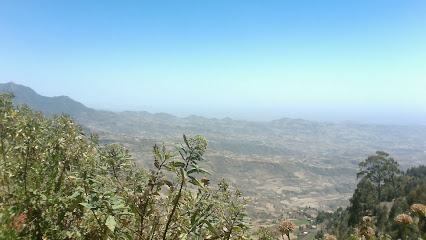
Fatuma ahmed fafi lata
Discover the serene beauty of Fatuma Ahmed Fafi Lata, a garden in Ethiopia that offers a peaceful escape into nature's vibrant embrace.
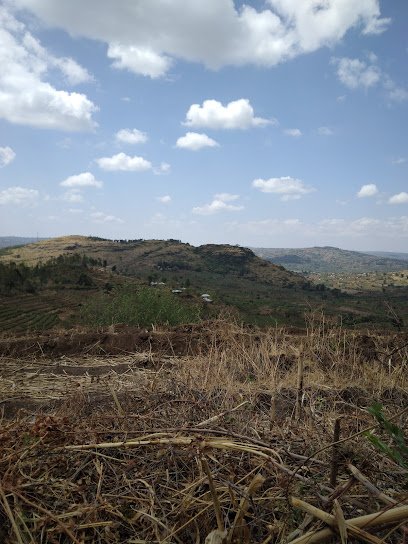
Monument
Discover the Awash Monument in Ethiopia, a stunning symbol of history and culture surrounded by breathtaking landscapes.
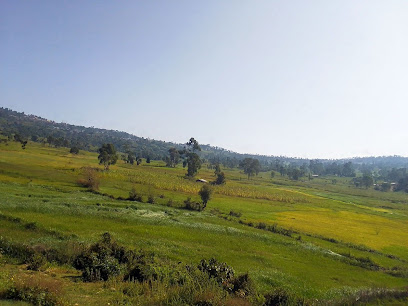
Afar Awash
Explore the breathtaking landscapes and rich biodiversity of Afar Awash, a stunning tourist attraction in the heart of Ethiopia's natural wonders.
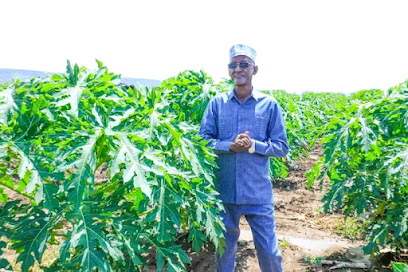
Awash waterfall
Discover the enchanting Awash Waterfall, a stunning natural wonder in Awash National Park, showcasing Ethiopia's captivating beauty and rich biodiversity.

Belea Mohammed Momin
Explore Belea Mohammed Momin, a captivating tourist attraction in Awash, where nature and culture intertwine in a breathtaking Ethiopian landscape.
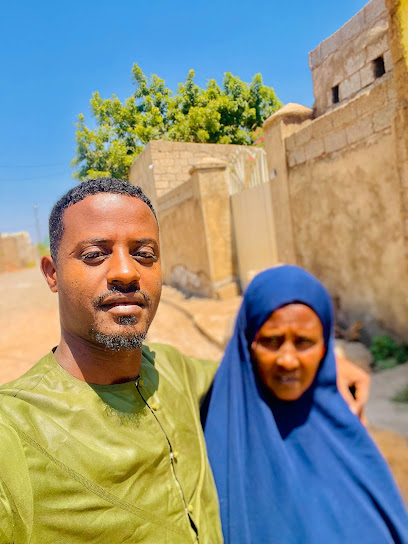
ባስኬቶ
Experience the stunning landscapes and rich culture of ባስኬቶ, a must-visit tourist attraction in Ethiopia that promises adventure and discovery.

Dindin forest
Explore Dindin Forest in Taleta, Ethiopia – a lush paradise for nature lovers and adventure seekers, offering stunning landscapes and diverse wildlife.
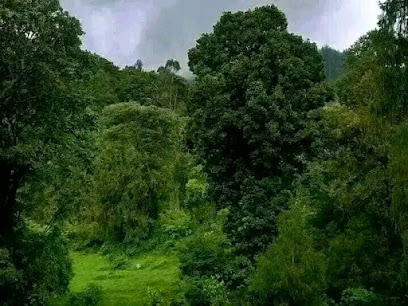
Laga GABATE
Discover the breathtaking beauty and rich cultural experiences at Laga GABATE, a hidden gem in Gebete, Ethiopia.

Welqituma Ebsa
Explore the serene landscapes and rich cultural heritage of Welqituma Ebsa, a hidden gem in Doba woreda, Ethiopia, for an unforgettable experience.

Arbagugu Forest
Explore the lush landscapes and rich biodiversity of Arbagugu Forest, a serene natural sanctuary in Guna, Ethiopia, perfect for outdoor enthusiasts.
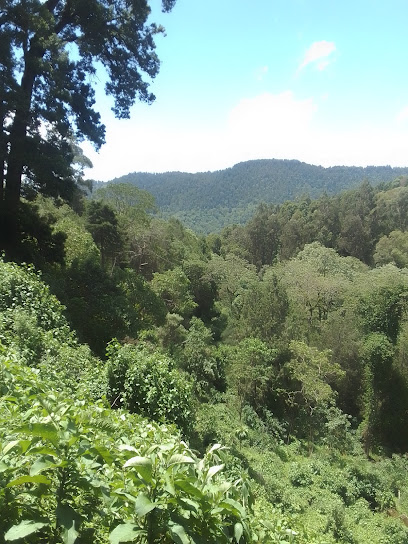
Xirsooo
Explore the captivating Xirsooo, a hidden gem in Gelemso that offers a glimpse into Ethiopia's rich culture and stunning landscapes.

Awash Waterfall
Discover the breathtaking Awash Waterfall, a stunning natural attraction in the heart of Ethiopia, perfect for nature lovers and adventure seekers alike.
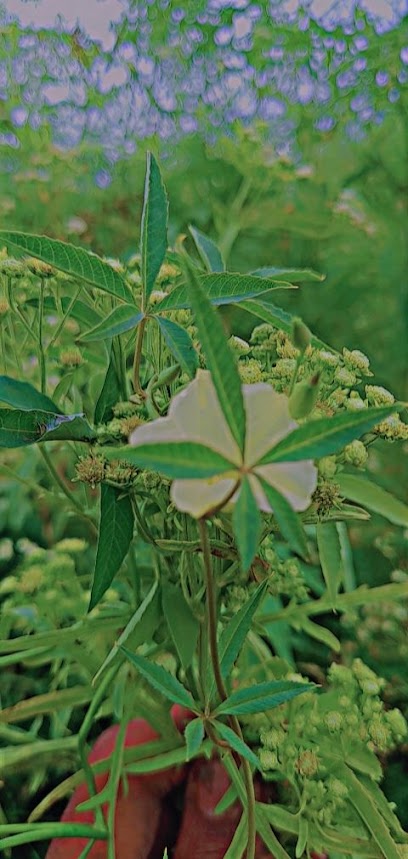
Hawaash Park
Explore the serene Hawaash Park in Didiga, Ethiopia, a tranquil animal park perfect for family outings and nature lovers seeking relaxation.

Essential places to dine
Sishu | Kera
Experience authentic American flavors in Addis Ababa at Sishu | Kera - where great food meets warm hospitality.
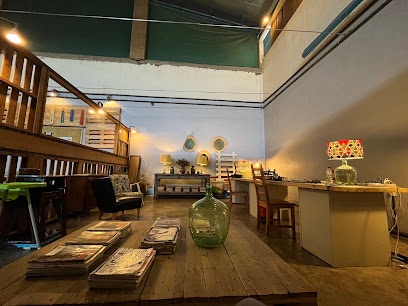
Yod Abyssinia Traditional Restaurant
Discover authentic Ethiopian cuisine at Yod Abyssinia Traditional Restaurant in Addis Ababa—where every meal is a cultural journey.
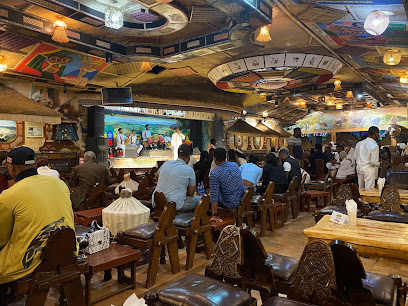
Dashen Traditional Restaurant
Discover authentic Ethiopian flavors at Dashen Traditional Restaurant in Addis Ababa - a culinary journey through tradition.
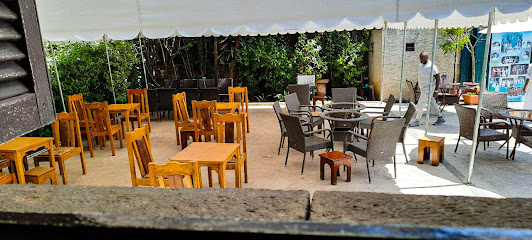
Bait Al Mandi
Experience authentic Yemeni cuisine at Bait Al Mandi in Addis Ababa - where every dish tells a story.
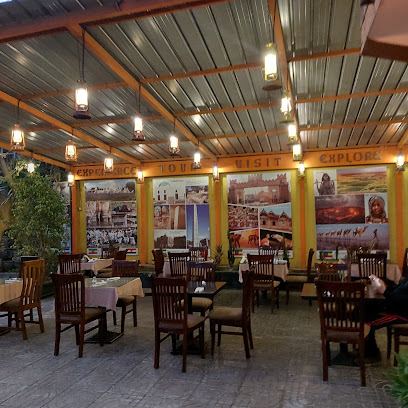
OM Indian Bistro | Bole Rwanda
Experience authentic Indian cuisine in the heart of Bole, Addis Ababa – a culinary journey not to be missed.
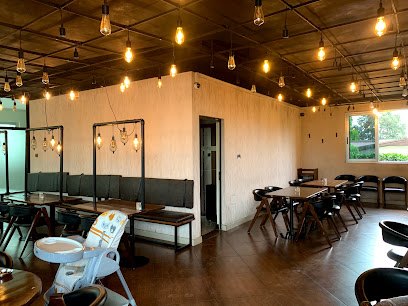
MK's Kitchen Bar
Discover MK's Kitchen Bar in Addis Ababa: A perfect blend of traditional Ethiopian cuisine and international flavors in a cozy atmosphere.
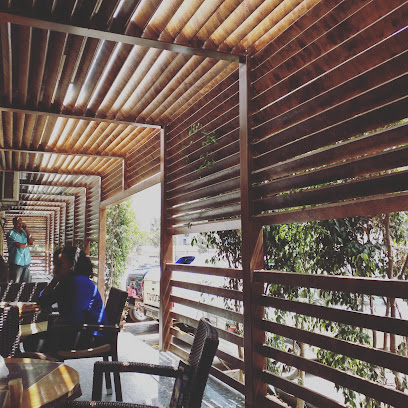
Belvedere Restaurant
Experience the essence of Italy at Belvedere Restaurant in Addis Ababa with authentic flavors and warm hospitality.
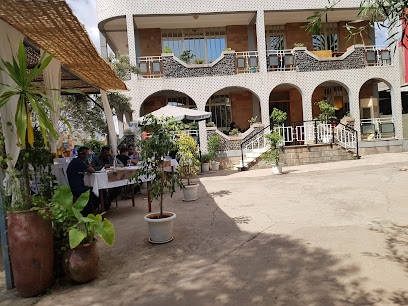
Marcus Addis Restaurant & Sky Bar
Discover breathtaking views and exquisite cuisine at Marcus Addis Restaurant & Sky Bar - a must-visit dining destination in Addis Ababa.

La Mandoline French Restaurant
Experience authentic French cuisine at La Mandoline Restaurant in Addis Ababa - where every dish tells a story.
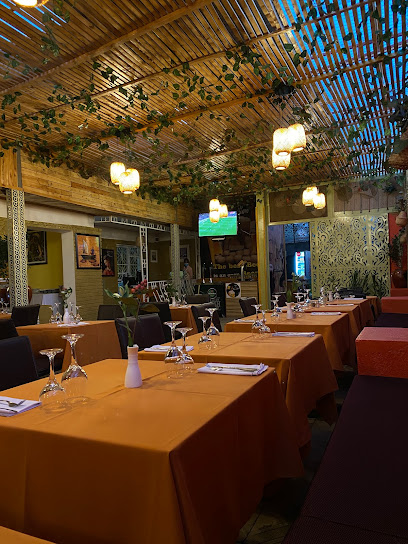
Mamma Mia Italian Restaurant & Bar
Experience authentic Italian cuisine at Mamma Mia Restaurant & Bar in Addis Ababa – where every dish tells a story.
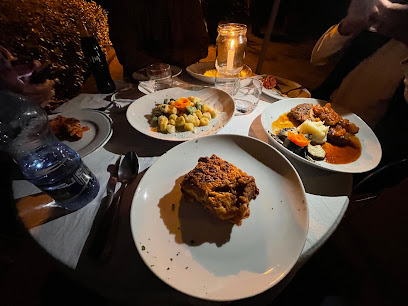
HOTTO
Experience the vibrant flavors of Ethiopia at Hotto - where culinary tradition meets modern dining in Addis Ababa.

Trattoria Gusto
Discover authentic Italian flavors at Trattoria Gusto in Addis Ababa—where every dish tells a story.
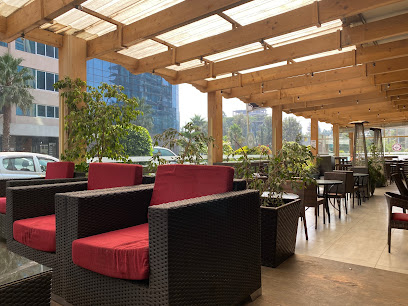
Meskott Culinary Experience
Discover authentic Ethiopian cuisine at Meskott Culinary Experience in Addis Ababa—where every meal tells a story.
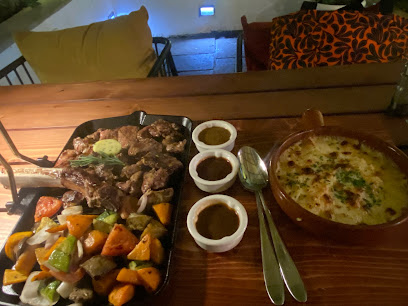
ኩሪፍቱ ሬስቶራንት በ እንጦጦ | Kuriftu Restaurant in Entoto Park
Discover the rich flavors of Ethiopia at Kuriftu Restaurant in Entoto Park, where stunning views meet authentic cuisine.
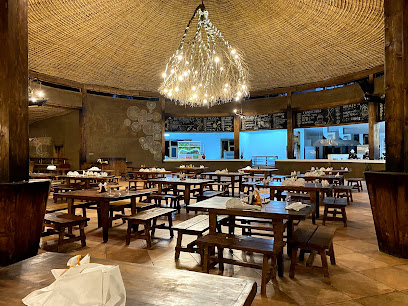
Addis Ababa Restaurant | Piazza |
Experience authentic Ethiopian cuisine at Addis Ababa Restaurant in Piazza—where tradition meets flavor in every bite.

Markets, malls and hidden boutiques
Awash National Park
Experience the breathtaking landscapes and rich wildlife of Awash National Park, a true haven for nature lovers and adventure seekers in Ethiopia.
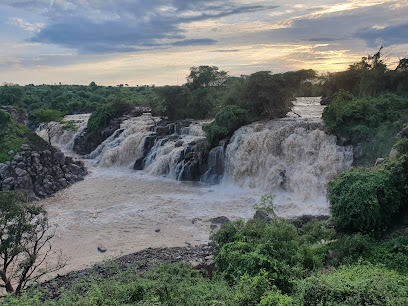
Ethiopia, adiss abeba
Discover the rich literary heritage of Addis Ababa, Ethiopia's vibrant capital, through its unique bookstores and cultural events.

Mekele
Discover the vibrant culture and rich history of Mekele, Ethiopia's bustling capital filled with markets, delicious local cuisine, and warm hospitality.

bura on the beat
Explore the vibrant sounds of Ethiopia at Bura on the Beat, a unique music store in Adisie Abebea, offering a rich collection of local and international music.

Abduraman Sufiyaan
Experience the authentic culture of Ethiopia at Abduraman Sufiyaan, a store offering handcrafted treasures and local delicacies in Ananno.

Kaleab
Discover Kaleab, a captivating bookstore in Ananno, where literature and culture intertwine to create an unforgettable experience for every visitor.

Afewerqi motor
Discover unique Ethiopian souvenirs and local crafts at Afewerqi Motor, a charming gift shop in Ananno that showcases the rich artistry of the region.

ዓብዱሰላም ጥበብ
Explore the essence of Ethiopian fashion at ዓብዱሰላም ጥበብ, where tradition meets modern style in Ananno.

Selfiya
Discover Unique Footwear at Selfiya - A Shoe Store Reflecting Ethiopian Craftsmanship and Style in Ananno.

Hermel
Explore Hermel in Ananno for a unique shopping experience showcasing local crafts and treasures that embody the heart of the region.

Dukkana
Experience the essence of Alemaya at Dukkana, where local culture meets everyday shopping in a charming general store.

GN giftrey shop
Explore GN Giftrey Shop in Summit, Ethiopia for unique handcrafted gifts and souvenirs that embody the spirit of Ethiopian culture and artistry.

Abkader
Explore Abkader in Ananno for an authentic Ethiopian fashion experience, showcasing vibrant styles and traditional garments that celebrate local culture.

MANJURA
Explore Manjura, Ananno's charming book store, where literary treasures await in a cozy and inviting atmosphere, perfect for all book lovers.

piasa
Explore Piasa in Dire K'alu for a unique blend of traditional and modern Ethiopian fashion, perfect for every traveler.

Essential bars & hidden hideouts
Doho Lodge
Experience the beauty and tranquility of Doho Lodge in Afar Zone 3, a perfect retreat for relaxation and adventure.
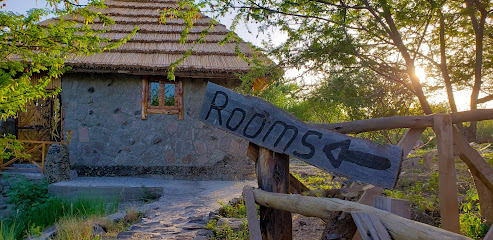
ወንደሰን
Discover the lively atmosphere and local flavors at ወንደሰን, a bar in Ananno perfect for unwinding and mingling with locals.

i
Experience the rich flavors of Ethiopia in a cozy restaurant that celebrates traditional cuisine and warm hospitality.

Mohamed Abdii
Experience the vibrant nightlife of Sharif-kalid at Mohamed Abdii Bar, where culture and camaraderie come alive in a unique Ethiopian setting.

Saris Adsi Sefur
Discover Saris Adsi Sefur, a charming bar in Ananno, Ethiopia, where you can embrace local culture and enjoy refreshing drinks in a cozy atmosphere.

Ebrahim Crazy
Discover the vibrant nightlife of Ananno at Ebrahim Crazy, where delicious drinks meet a lively atmosphere for an unforgettable experience.

Khadar Khalif
Experience authentic Ethiopian cuisine at Khadar Khalif, a delightful restaurant in Ananno, perfect for food lovers and cultural enthusiasts.

Mula
Discover the authentic flavors of Ethiopia at Mula in Ananno, where every dish tells a story of tradition and culinary artistry.

Dawdebrahim
Experience the vibrant atmosphere and authentic Ethiopian hospitality at Dawdebrahim, the heart of nightlife in Dire K'alu.

Rabiya
Experience the vibrant local culture at Rabiya, a charming bar in Ananno offering authentic drinks and a welcoming atmosphere.

Stalin's bar
Discover the lively ambiance of Stalin's Bar, a must-visit destination in Ethiopia for an authentic taste of local nightlife and culture.

Debarek
Experience the vibrant nightlife of Ananno at Debarek, where local drinks and warm hospitality await in a charming setting.

አክሱም
Experience the essence of Ethiopian culture at አክሱም, a vibrant bar in Ananno offering local drinks and a lively atmosphere.

Shukrii Muhammad
Experience authentic American cuisine at Shukrii Muhammad, where tradition meets flavor in the heart of Ananno, Ethiopia.

Mm
Discover the lively spirit of Ethiopian nightlife at Mm Bar, a hotspot for locals and tourists to enjoy drinks and music in a vibrant setting.

Local Phrases about Awash National Park
-
- HelloSelam
[səˈlɑm] - GoodbyeBeye
[bəˈjɛ] - YesEe
[iː] - NoAye
[aɪ] - Please/You're welcomeAkkam/Dehna neh
[ɑkˈkɑm/dɛhnɑ nɛh] - Thank youAmeseginalehu
[ɑmɛsɛˌgɪˈnɑlɛhu] - Excuse me/SorryNagadis
[nəˈgɑdɪs] - How are you?Endet neh?
[ɛndɛt nɛh] - Fine. And you?Dehna neh. Aydelem?
[dɛhnɑ nɛh. aɪˈdɛlɛm] - Do you speak English?Inglizegna new?
[ɪŋglɪzɛˌgna nɛw] - I don't understandFahmehnalachihu
[fɑhmɛnɑˈlɑtʃɪhu]
- HelloSelam
-
- I'd like to see the menu, pleaseMenyu sebseb alehu
[mɛnjʊ sɛbsɛb ɑlɛhu] - I don't eat meatNager new
[nɑgɛr nɛw] - Cheers!Le'tenachihu!
[lɛˈtɛnɑtʃɪhu] - I would like to pay, pleaseKemerachihu alehu
[kɛmɛrɑtʃɪhu ɑlɛhu]
- I'd like to see the menu, pleaseMenyu sebseb alehu
-
- Help!Balderes
[bɑldɛrɛs] - Go away!Hod
[hod] - Call the Police!Shurta yalal
[ʃurtɑ yɑlɑl] - Call a doctor!Doktor yalal
[dɒktɒr yɒlɒl] - I'm lostBete mequr
[bɛtɛ mɛkur] - I'm illSint setegna
[sɪnt sɛˈtɛgna]
- Help!Balderes
-
- I'd like to buy...Watalachihu...
[wɑtɑˈlɑtʃɪhu] - I'm just lookingAgerachihu
[ɑgɛrɑtʃɪhu] - How much is it?Meneker new?
[mɛnɛkɛr nɛw] - That's too expensiveBemengede
[bɛˈmɛŋgɛdɛ] - Can you lower the price?Meneker newegna tibekatral?
[mɛnɛkɛr nɛwɛgna tɪbɛkɑˈtrɑl]
- I'd like to buy...Watalachihu...
-
- What time is it?Saat injera?
[sɑˈɑt ɪnˈjɛrɑ] - It's one o'clockAnd won
[ɑnd wʊn] - Half past (10)Asra meto
[ɑsˈrɑ mɛtɔ] - MorningEreg
[ɛrɛg] - AfternoonAsra
[ɑsˈrɑ] - EveningAmba
[ɑmbɑ] - YesterdayDib
[dib] - TodayLej
[lɛdʒ] - TomorrowBal
[bɑl] - 1And
[ɑnd] - 2Hulet
[hulɛt] - 3Sost
[sost] - 4Arat
[ɑrat] - 5Amist
[ɑmɪst] - 6Sidist
[sɪdɪst] - 7Sebat
[sɛbɑt] - 8Semen
[sɛmɛn] - 9Zetegn
[zɛtɛgn] - 10Asra
[ɑsrɑ]
- What time is it?Saat injera?
-
- Where's a/the...?Yet...aleh?
[jɛt...ɑlɛh] - What's the address?Ende yet?
[ɛndɛ jɛt] - Can you show me (on the map)?Min enkwan newegna?
[mɪn ɛnkwan nɛwɛgna] - When's the next (bus)?Asteyayet yet?
[ɑstɛjɑjɛt jɛt] - A ticket (to ....)Tiket (....)
[tɪkɛt]
- Where's a/the...?Yet...aleh?
History of Awash National Park
-
Awash National Park is nestled within the Afar Depression, a region that holds significant archaeological importance. The park is part of the Great Rift Valley, an area known for its rich deposits of early human fossils. The nearby Middle Awash region has yielded some of the oldest hominid remains, dating back millions of years. These discoveries have provided profound insights into human evolution, making the area a focal point for paleoanthropologists from around the globe.
-
Awash National Park lies along historic trade routes that once connected the African interior with the Arabian Peninsula. Caravans carrying goods such as spices, salt, and precious minerals traversed this arid landscape. These trade routes facilitated cultural exchanges and the spread of ideas, profoundly influencing the history and development of the region.
-
The Afar people, one of the indigenous groups in the region, have lived in the area surrounding Awash National Park for centuries. Known for their nomadic lifestyle, the Afar have adapted to the harsh, arid environment of the park. Their traditional practices, language, and customs are an integral part of the cultural landscape of the park. Understanding their way of life provides valuable context to the human history of Awash.
-
During the early 20th century, Awash National Park served as a hunting ground for Emperor Haile Selassie. The emperor, who ruled Ethiopia from 1930 to 1974, was known to frequent the area for big game hunting. His visits brought considerable attention to the region, setting the stage for its eventual designation as a national park. The legacy of his hunts can still be felt in the park's conservation efforts.
-
Awash National Park was officially established in 1966, making it one of the earliest national parks in Ethiopia. The park was created to protect the unique biodiversity and geological features of the area. Covering an expanse of 756 square kilometers, it encompasses diverse habitats ranging from acacia woodlands to volcanic landscapes. The establishment of the park marked a significant step in Ethiopia's environmental conservation history.
-
In 1980, the nearby Lower Valley of the Awash was designated a UNESCO World Heritage Site due to its outstanding archaeological significance. This recognition underscored the global importance of the region's prehistoric findings. While the park itself is not part of the World Heritage Site, the designation has helped to elevate the international profile of Awash National Park and its surrounding areas.
Awash National Park Essentials
-
Awash National Park is located in the Afar Region of Ethiopia, approximately 225 kilometers east of Addis Ababa. The most convenient way to reach the park is by car or private tour. From Addis Ababa, you can hire a private car or join a guided tour that includes transportation. The drive typically takes around 3 to 4 hours via the Addis Ababa–Djibouti Highway. Alternatively, you can take a bus from the Mercato bus station in Addis Ababa to Awash, but this option can be less comfortable and take longer.
-
Within Awash National Park, the most practical way to get around is by 4x4 vehicle, as the terrain can be rugged and challenging. Many visitors opt to hire a local guide with a vehicle, which can enhance the experience with their knowledge of the park. There are also some walking trails for those who wish to explore on foot. It is advisable to arrange transportation in advance, especially during peak tourist seasons.
-
The official currency of Ethiopia is the Ethiopian Birr (ETB). Credit cards are not widely accepted in and around Awash National Park, so it is essential to carry enough cash for your expenses. ATMs are available in larger towns and cities, but it is advisable to withdraw sufficient cash in Addis Ababa before traveling to the park. Ensure you have small denominations for tips and minor purchases.
-
Awash National Park is generally safe for tourists, but it is always wise to take standard precautions. Avoid walking alone at night and keep your belongings secure at all times. While the park itself is safe, be cautious when traveling through remote areas. There are no specific high-crime areas targeting tourists, but stay vigilant and aware of your surroundings.
-
In case of an emergency, dial 911 for police assistance or 907 for medical emergencies. It is advisable to have travel insurance that covers medical emergencies. The nearest medical facilities are in the towns of Awash and Metehara, but for more serious medical issues, you may need to travel back to Addis Ababa. Make sure to carry a basic first aid kit and any necessary medications with you.
-
Fashion: Do dress modestly, especially in rural areas and when visiting local communities. Avoid wearing revealing clothing. Religion: Do respect local customs and traditions. Be mindful of religious practices and avoid disrupting local ceremonies. Public Transport: Do be respectful and patient when using public transport. It can be crowded and slow. Greetings: Do greet people with a handshake. A warm greeting in the local language, 'Salam,' is appreciated. Eating & Drinking: Do try local dishes and accept food offerings graciously. Don't refuse hospitality, as it is considered impolite.
-
To experience Awash National Park like a local, consider visiting the nearby Awash Falls and hot springs, which are popular with both locals and tourists. Engage with the local Afar and Kereyou communities to learn about their cultures and traditions. Early morning and late afternoon are the best times for wildlife viewing, as animals are more active during these cooler parts of the day. Don't miss the chance to see the park's diverse birdlife, especially around the Awash River.
Nearby Cities to Awash National Park
-
Things To Do in Dire Dawa
-
Things To Do in Harar
-
Things To Do in Awasa
-
Things To Do in Debre Markos
-
Things To Do in Dikhil
-
Things To Do in Lalibela
-
Things To Do in Ali Sabieh
-
Things To Do in Bahir Dar
-
Things To Do in Arta
-
Things To Do in Arba Minch
-
Things To Do in Tadjoura
-
Things To Do in Djibouti City
-
Things To Do in Loyada
-
Things To Do in Hargeisa
-
Things To Do in Gondar










